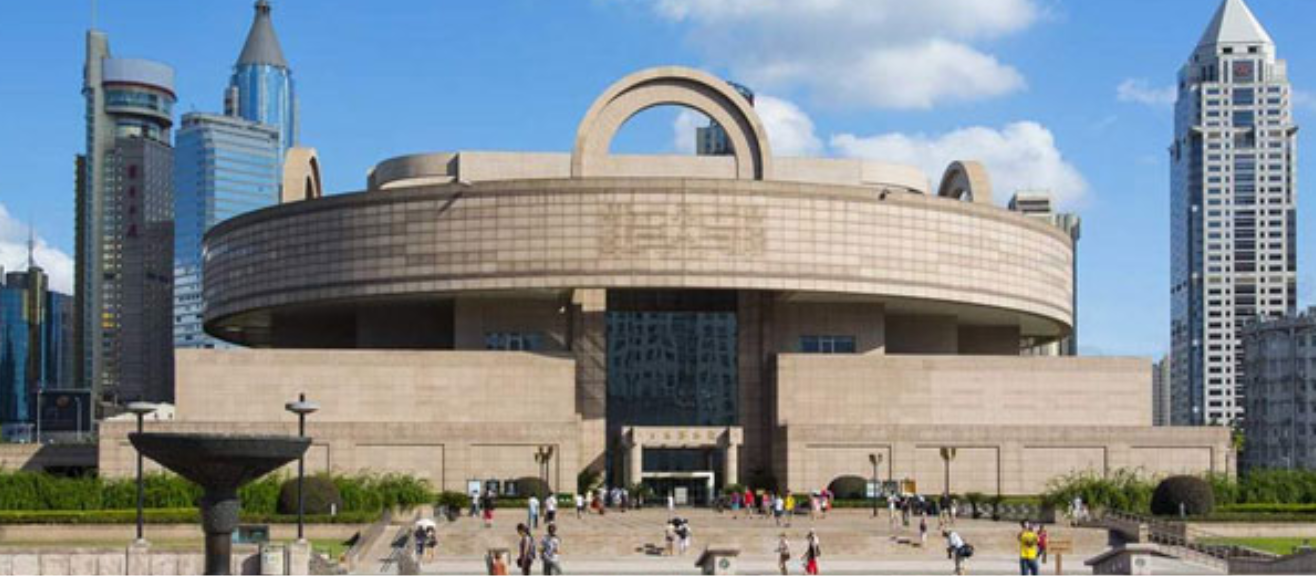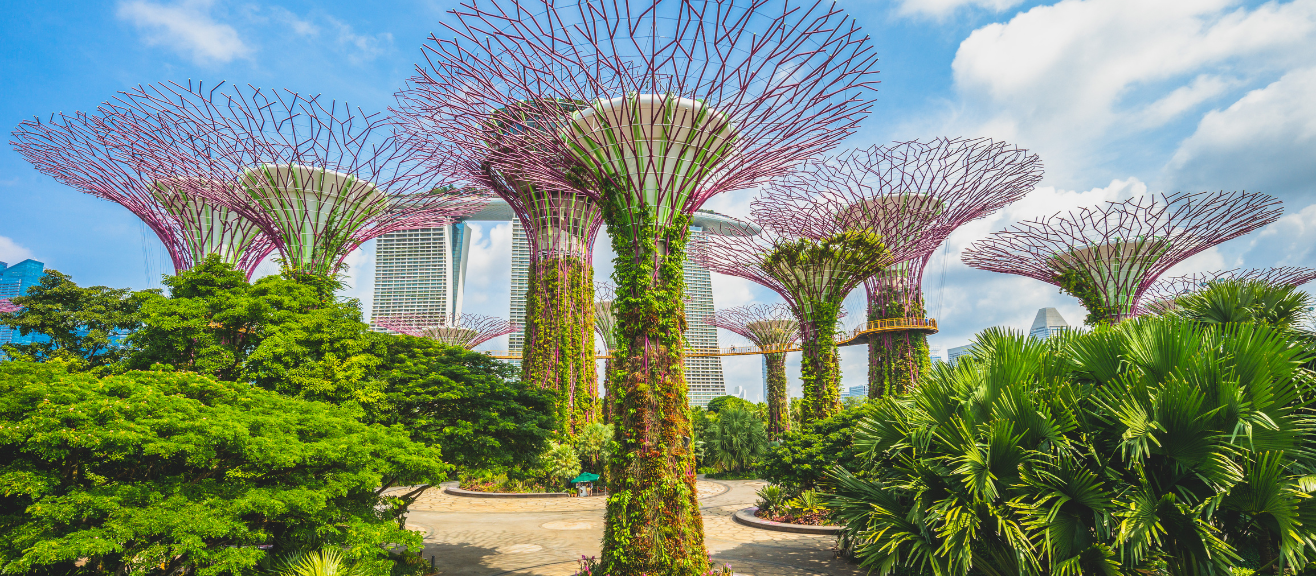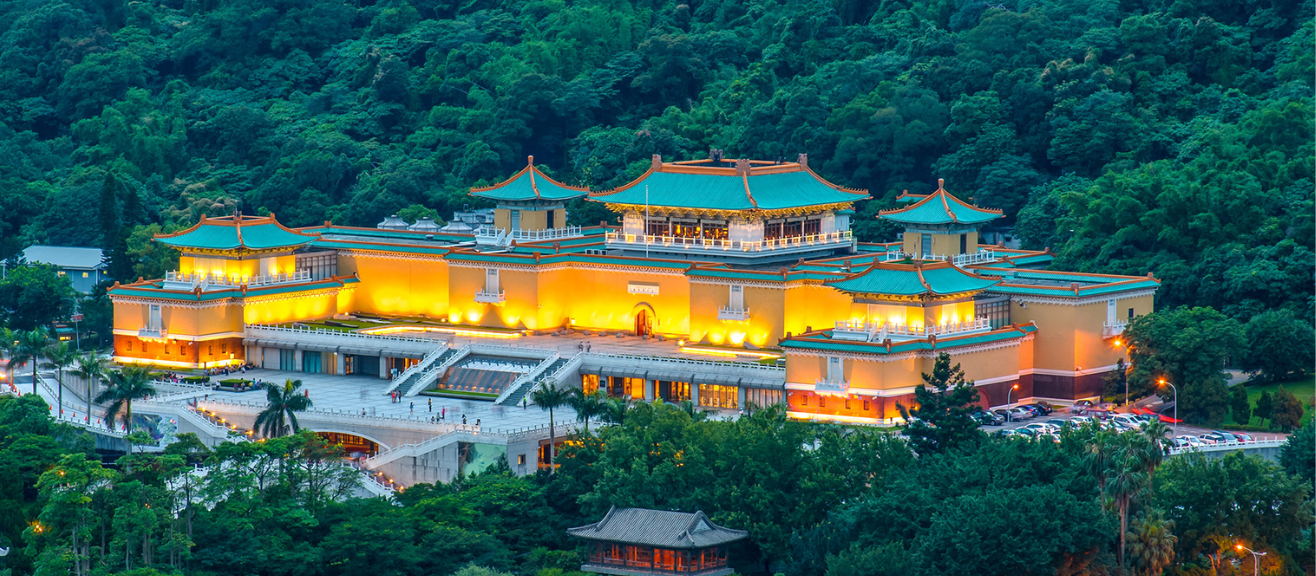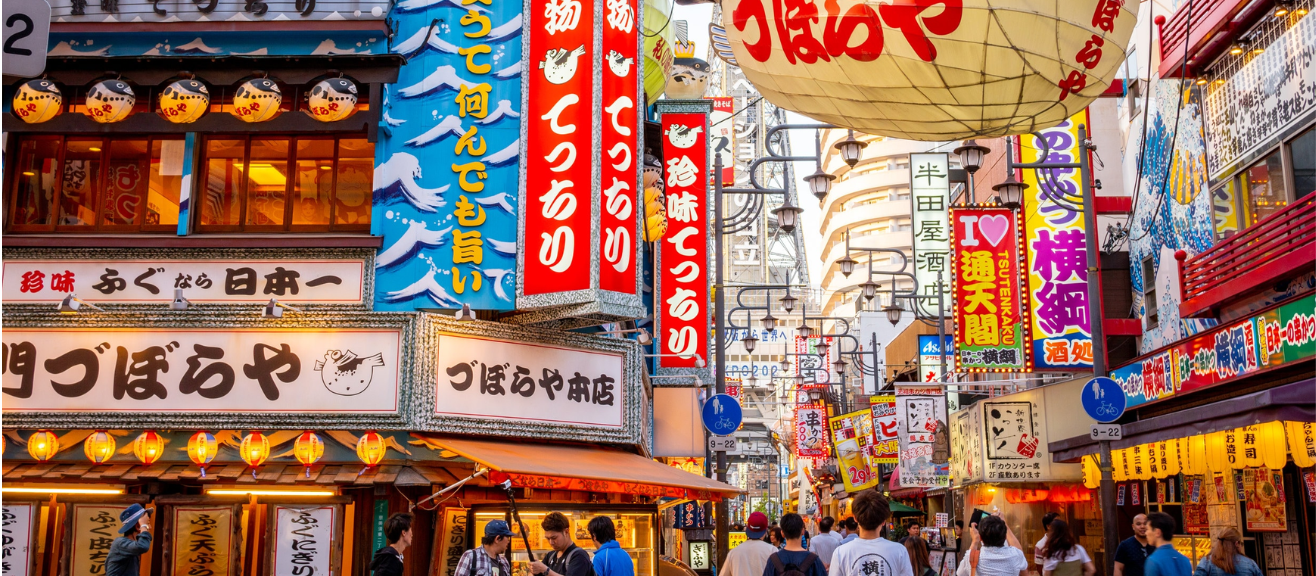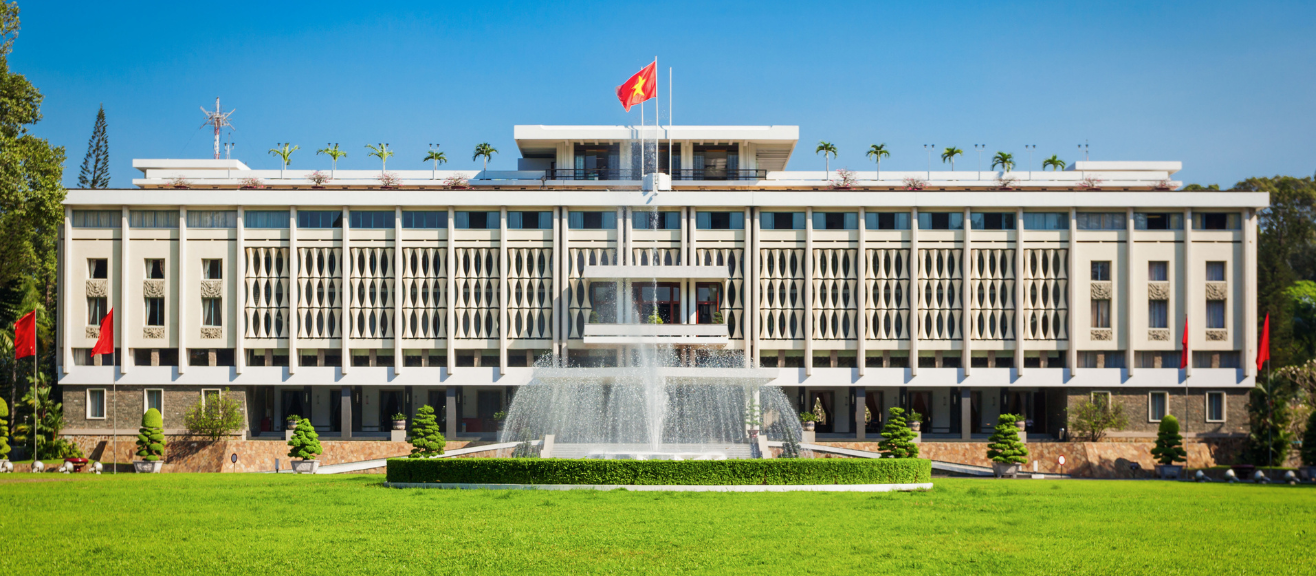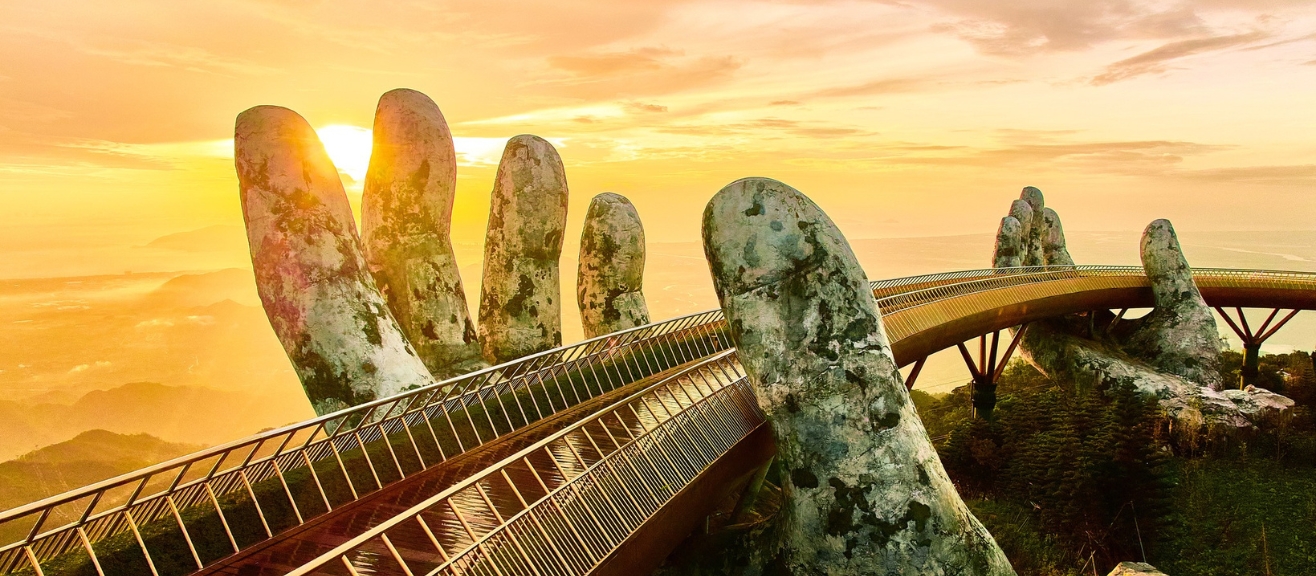🏛️Discover China’s Artistic Treasures at the Shanghai Museum
🏛️A Cultural Oasis in Shanghai: Exploring the Shanghai Museum
The moment you step into the vast space of the Shanghai Museum, you'll feel a solemn and tranquil atmosphere, a complete contrast to the city's hustle and bustle. This is not just a museum but a journey through 5,000 years of Chinese cultural history, showcased through exquisite collections of bronzes, ceramics, calligraphy, and paintings. What makes this place special is its unique architecture, featuring a round dome and a square base, symbolizing the ancient Chinese concept of a round heaven and a square earth. This guide will provide all the information you need, from how to get there, the ideal time to visit, and ticket tips, to unmissable experiences. Get ready to explore one of the world's leading art museums and book your Shanghai Museum tickets on laimi.com.

📜 The Museum's Origins
The Shanghai Museum's story began in 1952, with its first home located in the former Shanghai Racecourse clubhouse. Its foundational collection was a unique assembly of artifacts gathered by the communists during the civil war, items confiscated by customs services, and artworks sold by private collectors to the government amid political pressures.
Throughout the 1950s, the collection grew significantly as the museum absorbed the contents of other institutions and museums, particularly as foreign organizations departed Shanghai. This rapid expansion eventually necessitated a larger space. In 1996, the museum was reborn in its current, iconic building on People's Square. Designed by local architect Xing Tonghe, the structure's shape is inspired by an ancient bronze cooking vessel called a ding. It features a round top and a square base, a nod to the traditional Chinese concept of a 'round sky, square earth.'
📅 ## Planning Your Visit: Best Seasons and Times
The best time to visit the Shanghai Museum is during spring (March to May) and autumn (September to November). During these seasons, the weather in Shanghai is pleasant, neither too hot nor too cold, making it ideal for strolling around the square and exploring the museum. For the most serene experience, plan your visit for a weekday morning, right after the museum opens, to avoid the crowds.
You should avoid visiting during major Chinese public holidays like the Lunar New Year or National Day, as the museum becomes extremely crowded. Summers in Shanghai are quite hot and humid, which can make exploring outdoors less comfortable. For a month-by-month weather breakdown, you can check our full guide on the "best time to visit Shanghai." Don't forget to check the "China public holiday calendar" to help you plan around peak periods.
🚇 Navigating to the Shanghai Museum
The Shanghai Museum is conveniently located at 201 People's Avenue, right in the middle of People's Square, making it easily accessible from the city center. Thanks to Shanghai's excellent public transportation system, you have several options to get here.
By Metro: This is the fastest and most economical way. You can take Metro Line 1, 2, or 8 to People's Square Station. From Exit 1, it's just a short walk to the museum.
By Bus: Several bus routes, such as 46, 123, and 49, have stops near People's Square, from which you can walk to the museum. City sightseeing bus lines 1 and 2 also stop right here.
By Taxi or Ride-Sharing: For maximum convenience, especially if you're traveling with family or have luggage, a taxi is an ideal choice. The trip from central areas like The Bund or Nanjing Road Pedestrian Street usually takes about 10 to 15 minutes. You just need to tell the driver your destination is "Shanghai Bowuguan."
⏰ Museum Hours and Arrival Strategy
Knowing the opening hours will help you plan your visit to the Shanghai Museum perfectly.
| Location | Opening Hours | Notes |
|---|---|---|
| People's Square Museum | 9:00 AM – 5:00 PM | Last admission at 4:00 PM. Closed on Mondays. |
| East Branch Museum (Pudong) | 10:00 AM – 6:00 PM | Last admission at 5:00 PM. Closed on Tuesdays. |
The ideal time to arrive is early in the morning, right when the museum opens. The atmosphere is quiet and serene, and the morning light is beautiful for photography. Although admission is free, you need to book online in advance to secure a spot, especially on weekends and holidays. Don't forget to check for the latest updates on the official website or laimi.com ticket page. For added convenience, you can check out "hotels near the Shanghai Museum."
🏺 Must-See Exhibits and Collections
A Guide to the Shanghai Museum's Must-See Treasures The Shanghai Museum is a true treasure chest, holding the keys to thousands of years of Chinese art and history. With collections so vast they are split between two major locations - the classic People's Square branch and the modern East Branch in Pudong - it can be hard to know where to begin. Here’s a guide to the absolute must-see exhibits at each location to help you make the most of your visit.
Highlights at the People's Square Branch
This is the classic Shanghai Museum experience, renowned for its incredible collection of artifacts from China's later imperial dynasties. It's the perfect place to understand the sophisticated artistry and culture of the Ming and Qing eras.
Ming and Qing Furniture Gallery: Step into a refined, garden-like residence from ancient China. This gallery doesn't just display furniture; it recreates the world of Chinese royalty and scholars. You can see how over 100 meticulously restored pieces, from ornate cabinets to simple, elegant chairs, were part of daily life, culture, and etiquette.
Chinese Minority Nationalities' Art Gallery: Discover the vibrant cultural tapestry of China's many ethnic groups. This gallery showcases over 600 items, from distinct clothing and intricate embroidery to beautifully shaped metal wares, sculptures, and pottery. The collection of masks and ceremonial items offers a fascinating glimpse into the creativity and passion of diverse cultures.
Seals & Coins Gallery: China was one of the first countries to use currency, and this gallery's 7,000 pieces tell that story. You can see the evolution of money through dynasties, from early shells to intricate coins. The collection of official seals, which were symbols of power and authority from the Zhou to the Qing dynasty, is also a unique highlight.
Exploring the East Branch in Pudong
The modern East Branch offers a deep dive into China's most ancient and foundational art forms. With eight galleries dedicated to specific crafts, this is where you can trace the origins and evolution of Chinese artistic genius.
Ancient Bronze Gallery: This is one of the museum's signature collections. These are not just metal pots; they are magnificent ritual instruments from the Shang and Zhou dynasties used for offerings and spiritual matters. Don't miss the famed Great Pot (Da Ke Ding), a massive and historically significant vessel that represents the pinnacle of ancient Chinese bronze art.
Ancient Ceramics Gallery: Journey through the entire history of Chinese pottery. The collection is breathtakingly comprehensive, featuring rare painted pottery from the Neolithic age, primitive celadon from the Shang and Zhou dynasties, the famous tri-colored glazed pottery of the Tang dynasty, and brilliant masterpieces from Jingdezhen, the "Porcelain Capital," from the Yuan, Ming, and Qing dynasties.
Ancient Sculpture Gallery: Primarily featuring Buddhist works, this gallery traces the evolution of sculpture through major dynasties like the Shang, Han, and Wei. You can see how styles changed over centuries, reflecting different spiritual beliefs and artistic techniques.
Chinese Calligraphy and Paintings Gallery: Boasting a collection of over 10,000 works, this gallery showcases the profound tradition and unique national style of Chinese brush art. You will find masterpieces from nearly every period and genre, providing a comprehensive look at one of China's most revered art forms.
Ancient Jade Gallery: In Chinese culture, jade was more than a decoration - it was a symbol of wealth, power, and virtue. This gallery glows with the elegance of these precious items. See everything from finely carved figurines of historical figures to beautiful amulets, each with its own story and symbolic meaning.
💡 Pro Tips:
- Rent an audio guide, available in multiple languages, to gain a deeper understanding of the story behind each artifact.
- The museum is very large, so plan your visit by floor or by your favorite theme to avoid feeling overwhelmed.
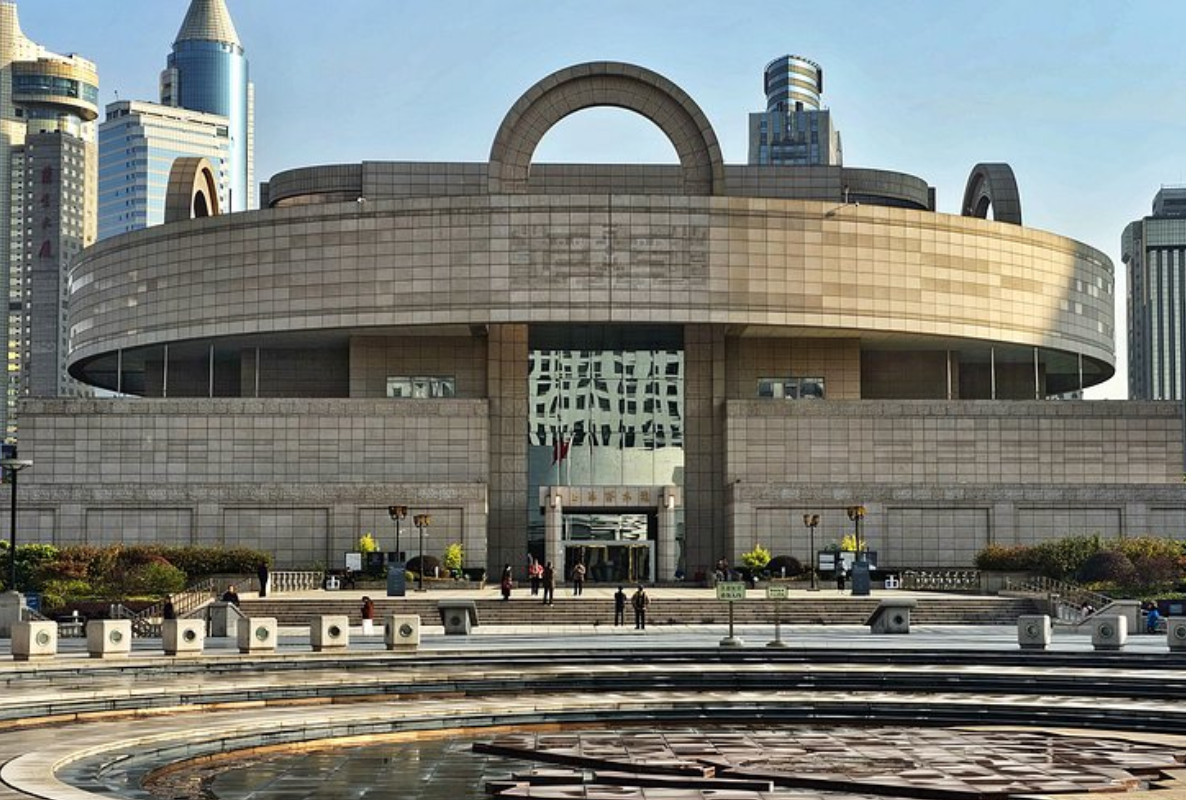
🍽️ Dining and Refreshments at the Museum
After a long day of exploring, you can stop to refuel at the dining options within or near the museum.
At the East Branch, there is a restaurant on the B1 floor offering high-end dining options and a café on the first floor.
At the People's Square location, there is a teahouse where you can rest and enjoy tea.
The area around People's Square also has a wide variety of restaurants, from local dishes to international cuisine, such as the Jin Xuan restaurant specializing in high-end Cantonese cuisine.
💡 Pro Tips:
- The museum's café may close early, so don't count on a mid-afternoon snack.
- Bring cash, as some smaller stalls may not accept electronic payments.
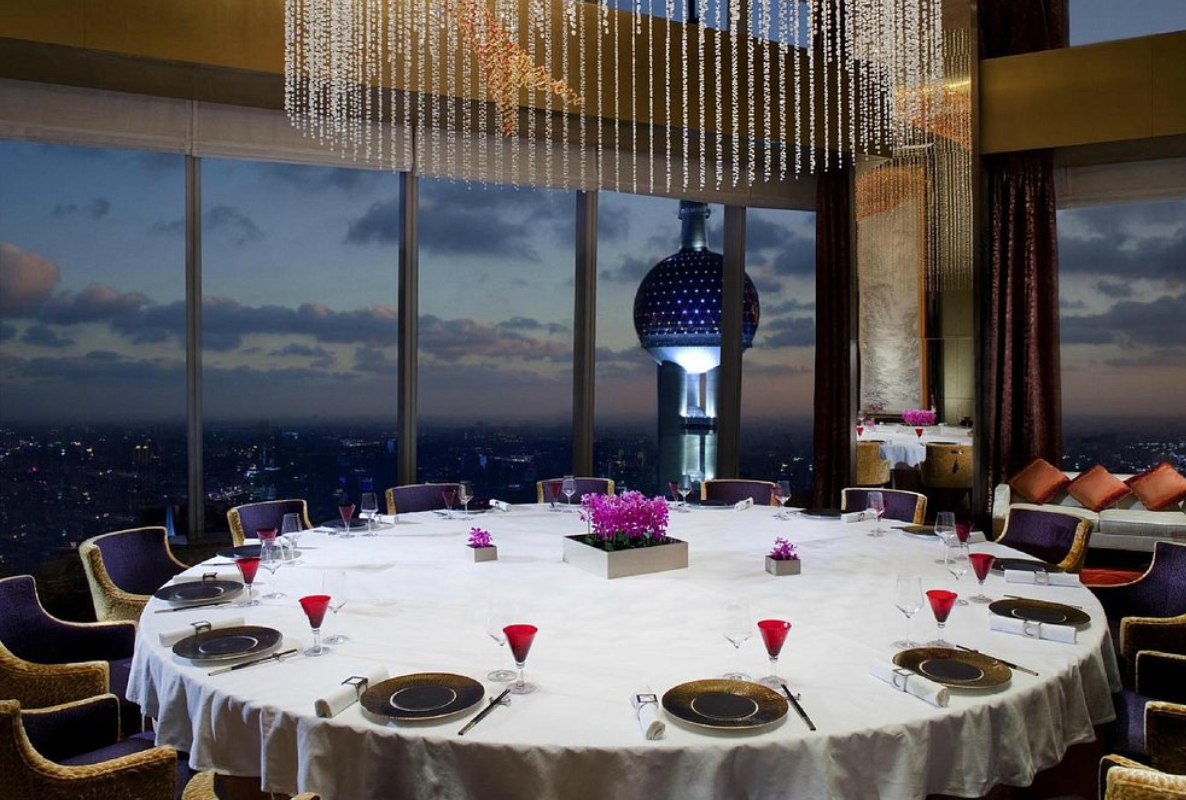
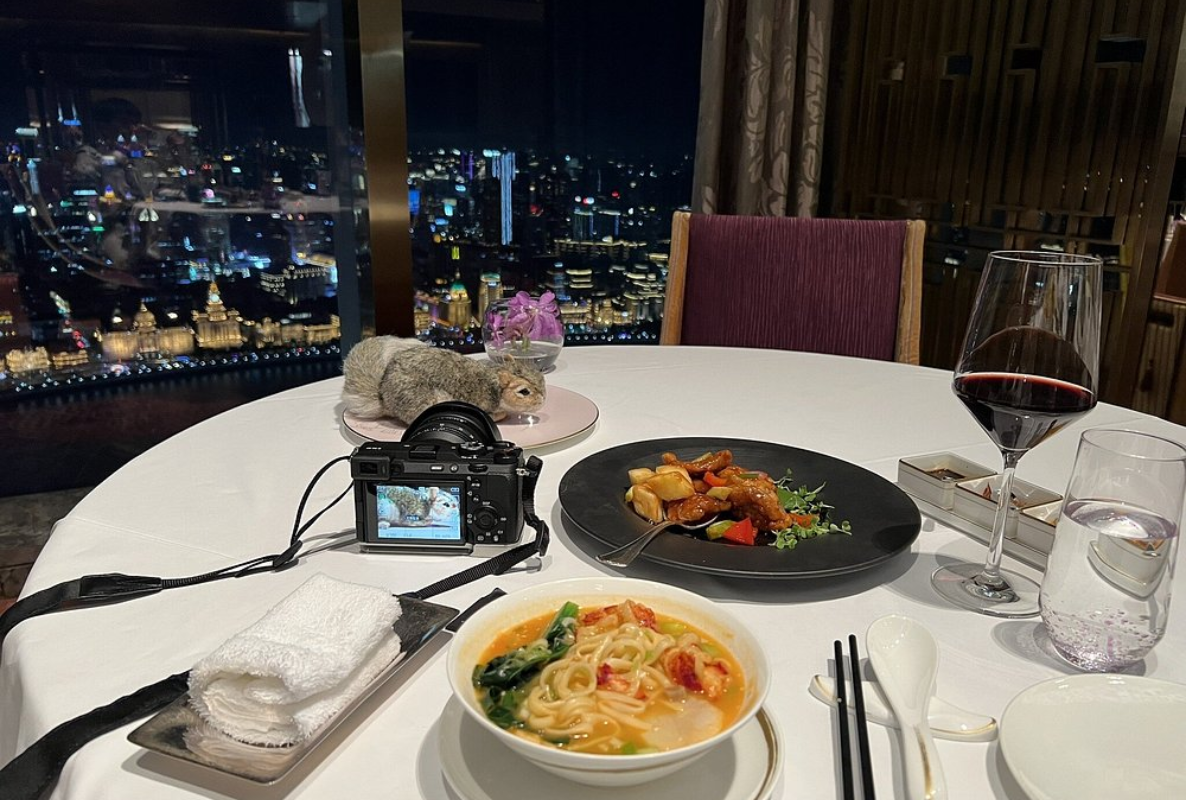
🎟️ Securing Tickets and Visitor Information
To ensure a smooth visit to the Shanghai Museum, it's important to know the ticketing information. Admission is free, but due to the large number of visitors, the museum uses an online booking system to control crowds.
You should book your tickets a few days in advance, especially if you plan to visit on a weekend or holiday, through the museum's English reservation system to receive a QR code. Upon arrival, simply present the QR code along with a valid ID to enter. The museum also offers amenities such as free storage for large luggage and wheelchair and stroller rentals.
💡 Pro Tips:
- Arrive early, especially on weekends, to avoid long queues.
- If you can't book online, you can try to get tickets on-site, but they are limited, and you may have to wait.
- Always carry a valid ID as it may be required for entry.
🤔 Is the Shanghai Museum Right for You?
The Shanghai Museum is a wonderful destination for almost all types of travelers, especially those who love history, art, and culture. Couples or solo travelers seeking moments of quiet reflection will also find serenity here.
For families, the museum grounds are spacious enough for children to walk around. The signs in the museum are in English, making it convenient for international tourists. Even if you aren't particularly interested in the artifacts, you can still enjoy the beautiful architecture and peaceful atmosphere of the museum.
🎒 Essential Preparation for Your Visit
To have a fulfilling visit and show respect at a place like the Shanghai Museum, you should be well-prepared.
- Wear comfortable walking shoes as you'll be doing a lot of walking between galleries.
- Bring a valid ID (passport) as you will need it to book tickets and enter.
- The museum offers free services like wheelchairs, strollers, and luggage storage, so you can take advantage of them for a more comfortable trip.
- You can take photos but are not allowed to use flash to protect the artifacts.
💡 Pro Tips:
- One thing that made my visit smoother was arriving very early in the morning to enjoy the quiet space before the tour groups arrived.
- Have cash ready for small purchases, as not everywhere accepts electronic payments.
🗺️ Getting Around the Museum
The Shanghai Museum complex is quite large and can be a bit overwhelming at first. A good navigation plan will save you time and energy. You can pick up a free paper map at the entrance or use a map app on your mobile phone.
The best way to explore is to start from the ground floor with the bronze collection and work your way up. Don't try to see everything in one go; break your day into zones to explore gradually. Downloading the museum's official app (if available) is also a great way to get real-time guidance.
✨ Concluding Thoughts on Your Shanghai Museum Experience
Despite the potential for crowds during peak hours, a visit to the Shanghai Museum is an incredibly worthwhile and memorable experience. The exquisite beauty of the ancient artifacts, the unique architectural space, and the profound cultural atmosphere will leave a deep impression, offering a rare moment of peace in the heart of bustling Shanghai. A little planning and considering a stay at one of the "hotels near the Shanghai Museum" can make your trip much more comfortable. Don't hesitate to find "flights to Shanghai" and discover more "hotels in Shanghai" for your upcoming holiday! And don't forget to visit laimi.com for more detailed information and itineraries for this location.

